Maybe you should wait on Apple's new M1 iPad Pro
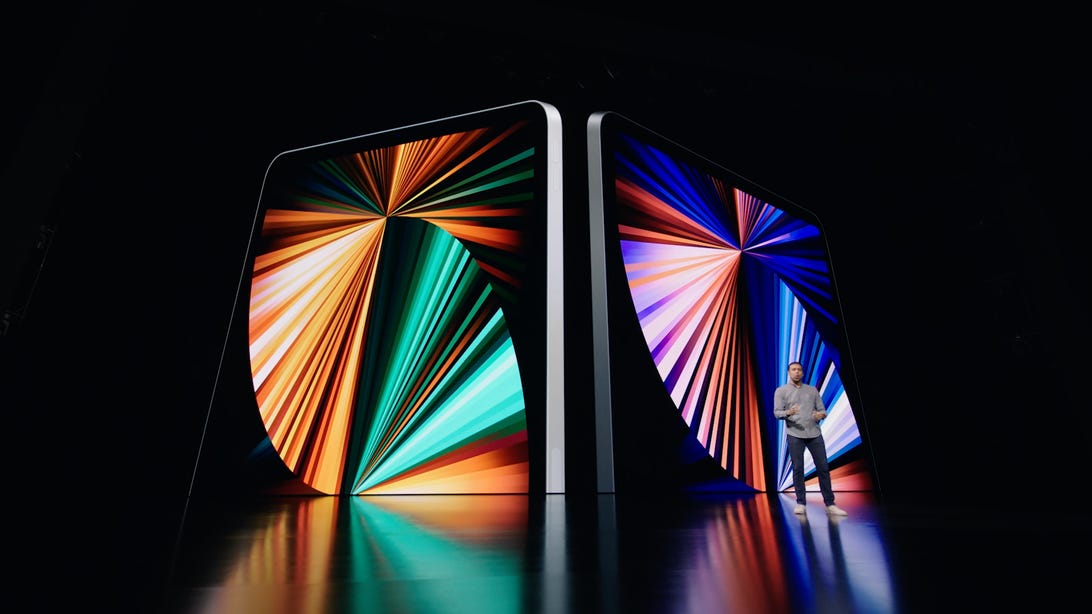
The iPad Pro is lovely looking. Do you really need it?
Apple's newest iPads now have the same processors and expansion ports as Macs. They also cost about as much. The 2021 iPad Pros are pushing Apple's hardware into territory that looks indistinguishable on paper from the high-performance Macs of the last six months, especially now that they all use M1 chips. So why would I say, for most people, you should absolutely wait on these devices?
First of all, I haven't held or reviewed the new iPad Pros yet. But as I've thought about what they're offering -- and at what price -- it's clear that most people probably don't need them. And maybe you should wait and consider, too.
Lower-cost iPads do almost everything you need in a tablet
If you're using an iPad for, well, iPad-like things (movies, games, email, Zoom), basic iPads are totally fine. Those cost $300 or so, depending. Last fall's iPad Air is good. The iPad Mini is good. These are all compatible with the Pencil stylus to draw, too (although only the iPad Air works with the newer Pencil 2). All of these work with various keyboards, mice and trackpads. The new iPad Pro doesn't add any new accessories beyond the already-available Magic Keyboard and Pencil 2.
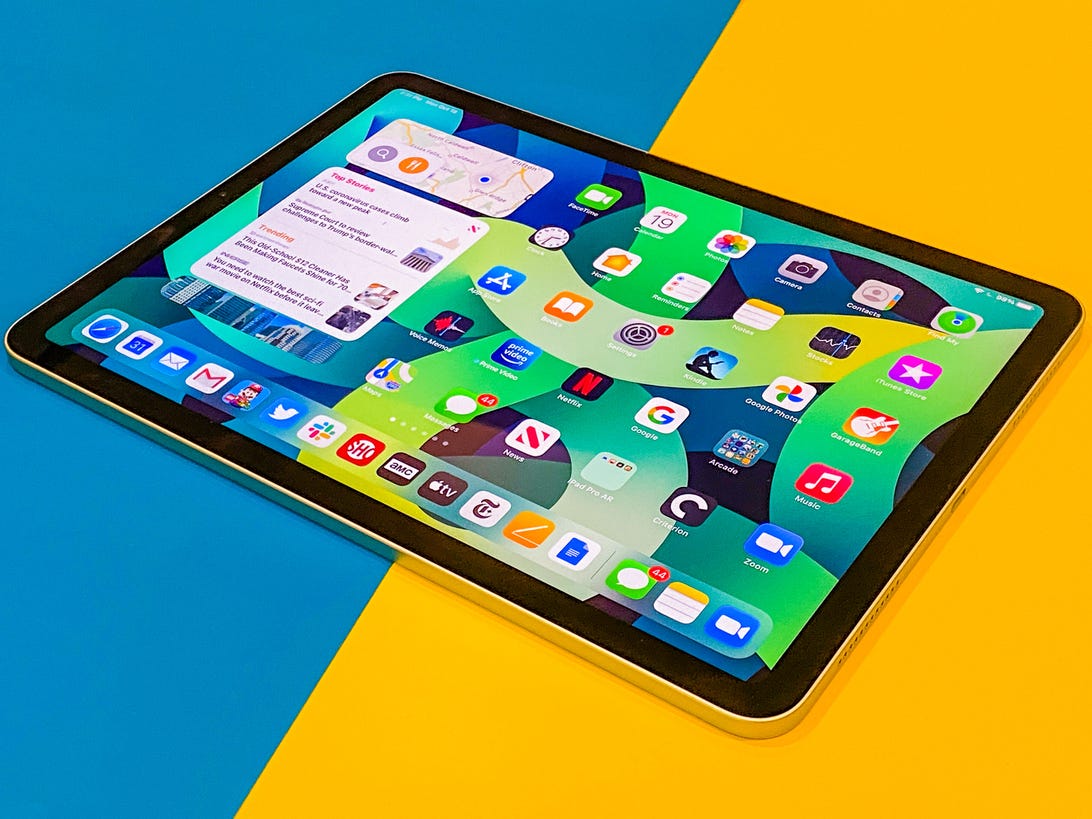
You don't need an iPad Pro for any of these things. The iPad Pro is far more powerful, has a better display and promises a better front-facing camera for Zoom or other video calls. But its configuration and accessory options practically guarantee you'll be entering $1,000-plus territory easily. Add a keyboard, a Pencil, possibly 5G and you could creep toward $2,000.
If you have a clear idea of what an iPad Pro could be for your creative workflow or use specific Pencil-oriented graphic tools, then sure. If you're considering it as a computer: Well, keep in mind that iPadOS has its limits.
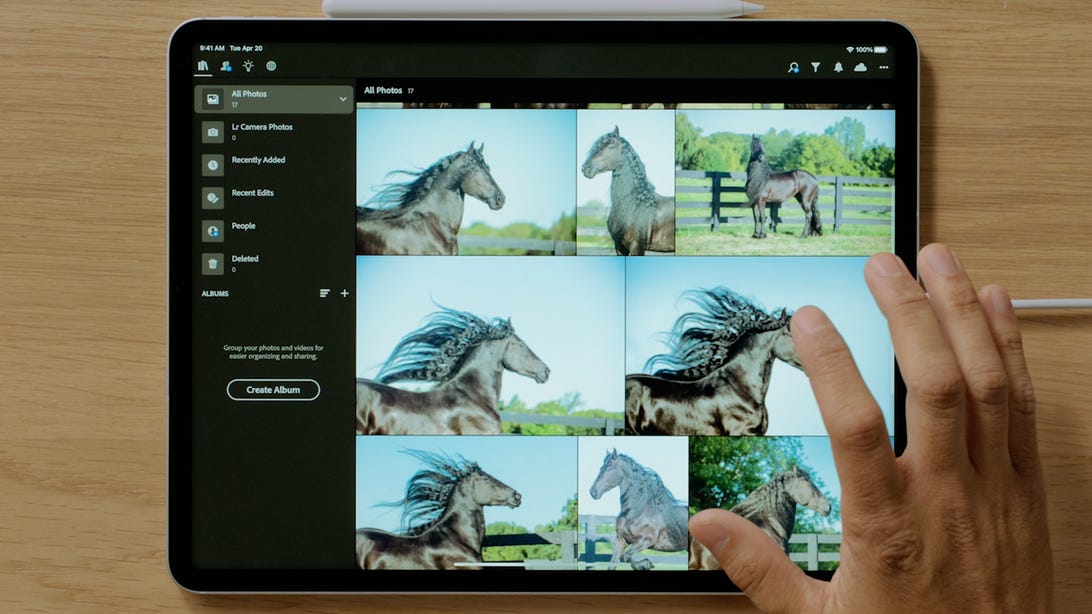
We don't know how much Apple will unleash iPadOS in the future
The iPad Pros have never lacked stellar hardware or performance. The limiting factor has mostly been inputs and the OS. The iPad Pro added USB-C in 2018, but at first it didn't work with many common USB-C accessories. It still doesn't. Adding Thunderbolt sounds amazing, but how flexible will it be on the iPad compared to a Mac, and how many docks will work with it?
Similarly, the iPad Pro M1's support for higher-resolution monitors is only as good as how iPadOS enables external monitors. Currently, iPadOS only allows monitors to work for a limited number of apps; otherwise, it just mirrors in the iPad display. It would make sense for Apple to update iPadOS in the next version and talk about that at WWDC in June. But how can we know that will happen?
Theoretically, the M1 iPad Pro should be able to turn into a Mac if it's running the same hardware as new Macs. But Apple hasn't revealed any plans for that yet. Meanwhile, iPadOS still feels too limited by an iPhone-like user interface, a limited amount of multitasking and inflexible file storage.
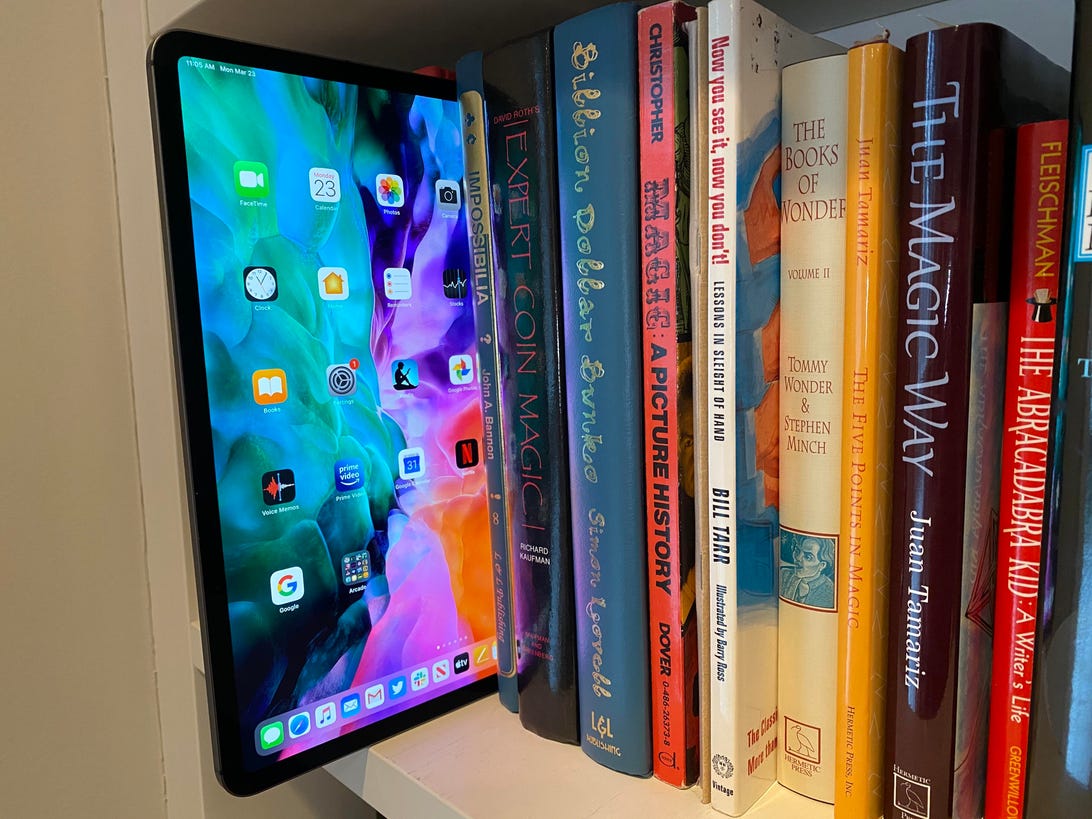
The previous iPad Pro is still really good (and fast)
Again, the 2020 iPad Pro (and even the 2018 iPad Pro) have speed benchmarks that look as good as laptops. They have great displays and speakers and microphones. The 2020 model already has lidar for 3D scanning and AR uses, if you needed that. The M1 iPad Pro is faster, on paper, according to Apple -- but the practical difference is likely to be the equivalent of next year's iPhone compared to last year's version. If you bought one in the past couple of years, you won't need this upgrade probably (stay tuned for our review, but still).
M1 Macs are already extremely good at being computers
The M1 MacBook Air, for instance, is practically flawless as a high-speed, long-battery laptop. Even though it lacks a touchscreen or other tablet features it works very, very well. I say this because for the same price (more or less) as the iPad Pros, one of those M1 Macs could be yours. In which case, you could use an M1 Mac for work and a more basic iPad you may already have for entertainment.
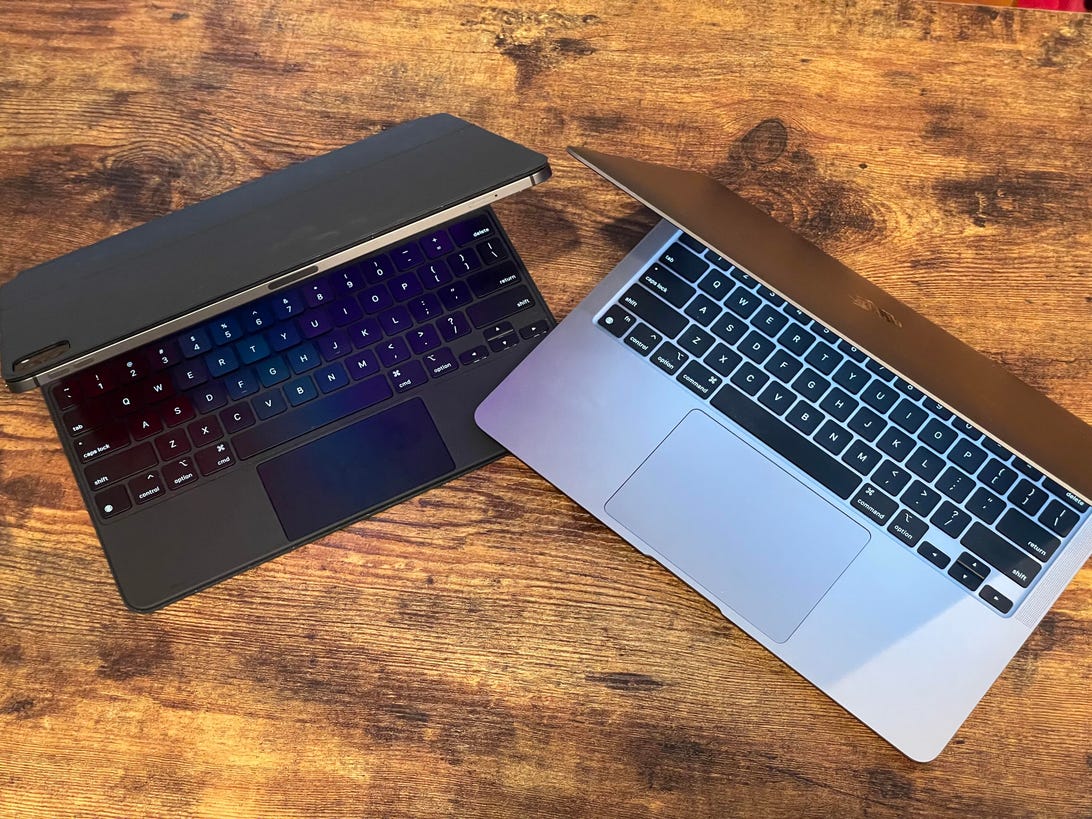
The M1 iPad Pro could be the doorway to Mac/iPad fusion products -- but maybe not quite yet
I've dreamed of a hybrid Mac/iPad device for years, something that could be both and fulfill all my needs. This M1 iPad Pro looks every bit like the hardware to make that happen, but that doesn't mean Apple is ready to completely converge the product lines. If you're eager to see that happen, be careful about getting a new product like this based on potential. That being said, I'm really excited to see how it works -- but breathe deeply and calmly if you're on the fence or just bought something else. You're fine.
